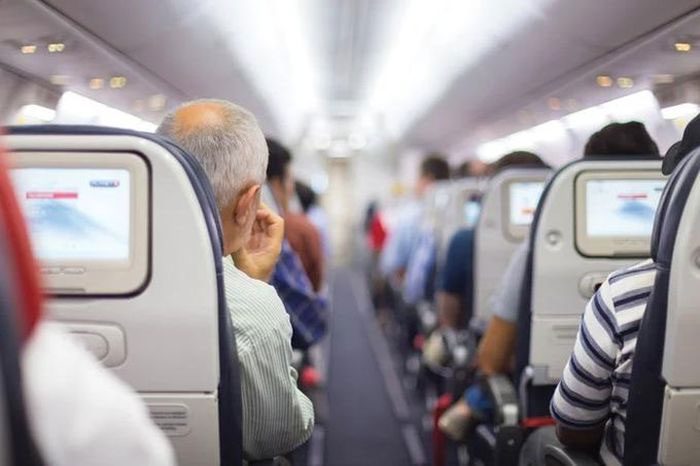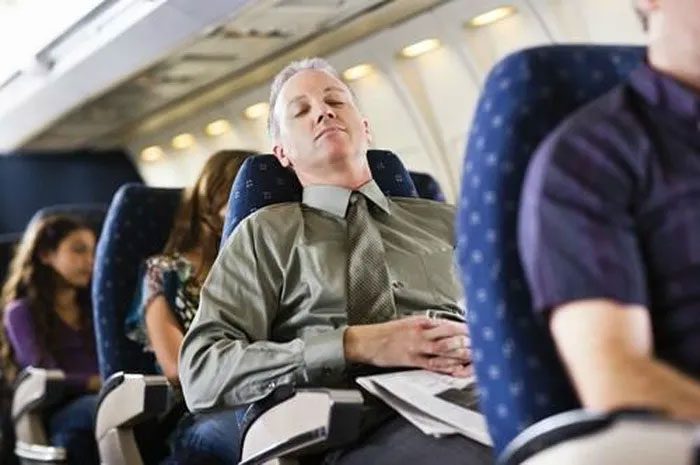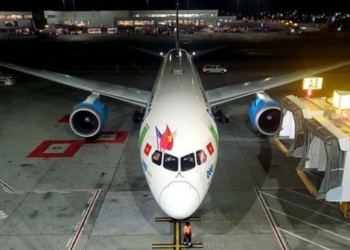As the airplane prepares for takeoff and landing, flight attendants walk down the aisles to ensure that the seatbacks of all passengers are in an upright position, even those who are asleep. Why is this necessary?
According to Section 121 of the Federal Aviation Regulations in the United States: “No aircraft shall take off or land unless the seatbacks of each passenger are in an upright position.”
The reason for this seemingly trivial requirement is quite simple: For safety.
Former pilot Hans Mast, now a representative for Golden Rule Travel, states: “In the upright position, the seats are locked and most secure against any potential impact forces.”

Seats must be upright during takeoff and landing for safety reasons. (Illustrative image).
When the seat is reclined, it is not locked in place, and sudden stops can cause the seat to pitch forward, potentially throwing passengers out. Conversely, the acceleration of the aircraft can cause the seat to recline further. Dan Bubb, a professor at the University of Nevada, Las Vegas, states that the inertia of the aircraft can change the angle of the seatback, which could crush the knees of the passenger seated directly behind.
He further explains: “Ensuring that seatbacks are upright also keeps the aisles clear, facilitating more effective evacuation in the event of an emergency.”
This is why seats near emergency exits are only allowed to recline to a limited extent, or not at all, as passengers may forget or be unable to return their seats to an upright position during an emergency.

Illustrative image.
Steve Daniel, a flight attendant in Montreal, mentions that if a seat is reclined, it can slow down the movement of the person seated behind during an emergency, when every second counts.
Takeoff and landing are the most dangerous phases of a flight. According to a study by Airbus, over the past 20 years, 75% of all aviation accidents worldwide have occurred during takeoff, landing, or approach.
The Airbus study notes that landing and taking off are very complex stages of a flight, posing significant challenges for the flight crew due to factors such as navigation, aircraft structure changes, communication with air traffic control, congested airspace, and adverse weather conditions. The high workload intensity and increased likelihood of accidents, combined with the complex interaction of these factors, can lead to mishaps.
In addition to ensuring that seatbacks are upright during takeoff and landing, flight attendants will also ask you to stow and secure your tray tables, ensuring that all bags are neatly stored under the seat in front of you or in the overhead compartments. All for the safety of yourself and those around you.





















































